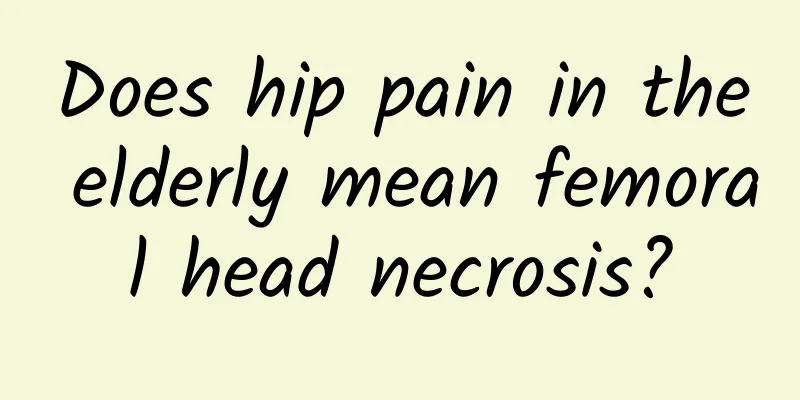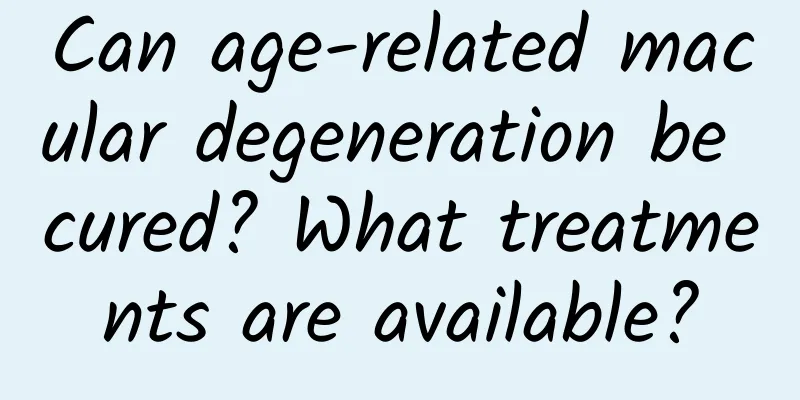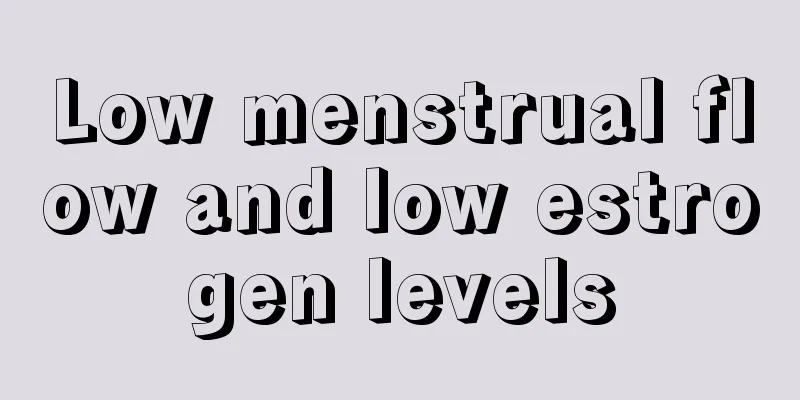Does hip pain in the elderly mean femoral head necrosis?

|
Author: Zhang Xin, deputy chief physician, Peking University Third Hospital Reviewer: Tang Qin, Deputy Secretary-General and Researcher of the Science Popularization Expert Committee of the Chinese Medical Association Many unexplained hip pains in the elderly are suspected to be femoral head necrosis, but in fact, the incidence of femoral head necrosis in the normal population is only about 1/1000. More than 60% of hip pain may be caused by another disease, that is, hip impingement syndrome. Figure 1 Copyright image is not authorized for reproduction 1. What is Hip Impingement Syndrome? Hip impingement syndrome, also known as femoroacetabular impingement syndrome, refers to a type of disease in which there is a mismatch between the acetabulum and the femur due to various reasons such as development, trauma, and hyperplasia. When the hip joint moves, there is abnormal friction and collision between the acetabulum and the femur, which leads to damage to soft tissues such as the labrum and articular cartilage within the joint. Simply put, some people often have abnormal bony protrusions in the junction area of the acetabulum and femoral head and neck (the bone between the femoral head and the femoral trochanter) of the hip joint. These bony protrusions can cause collision between the acetabulum and the femoral head and neck junction, leading to labral injury and osteoarthritis of the hip joint, causing pain. Figure 2 Copyright image is not authorized for reproduction Clinical manifestations of hip impingement syndrome The pain caused by hip impingement syndrome is mostly chronic pain in the hip joint, and some patients may have limited mobility. The pain is mostly dull pain and joint soreness. The pain is generally concentrated in the greater trochanter area on the outside of the hip joint. We can put our hands in a "C" shape and clamp them on the hip joint. The area affected by the entire "C" is the most common area of pain caused by hip impingement syndrome, which is also called the "C sign" clinically. Some patients may also experience pain in the knee joint, lower back, and sacroiliac joint area, but it rarely affects the area below the knee joint and above the waist. Symptoms may worsen or recur when patients walk for a long time, squat, lift their legs, stand up after sitting for a long time, or exercise vigorously. When there is a large-scale labral tear, the torn labral tissue may be stuck inside the hip joint, causing a locking sensation in the joint, which is clinically called the "dead leg sign." During physical examination, it is found that when the hip joint is in extreme flexion, internal rotation or external rotation, it may induce hip pain in patients with hip impingement syndrome. In severe cases, there will be limited movement and occasional popping. During auxiliary examinations, X-rays and CT scans can show abnormalities in the acetabulum, femoral head, and neck structure, as well as the site of impact, and MRI can show whether there is secondary labral injury. 3. How to prevent and treat hip impingement syndrome There are currently two main treatment methods for hip impingement syndrome: non-surgical treatment and minimally invasive hip arthroscopy. Non-surgical treatment is suitable for patients with relatively mild clinical symptoms and a short onset time (no more than 6 months). Treatment methods include limiting joint movement and taking medication. Patients should avoid excessive hip flexion (> 90°), such as crossing their legs, squatting or squatting; when doing yoga, cycling, breaststroke and other sports, they should also pay attention to the hip flexion angle. When the pain is severe, oral non-steroidal anti-inflammatory drugs or intra-articular blockade can be performed. Non-surgical treatment can temporarily relieve pain symptoms, but it cannot eliminate the impact factor and therefore cannot prevent the progression of joint degeneration. For those who do not respond to non-surgical treatment, surgical treatment can be considered, which involves repairing the damaged labrum under arthroscopy and removing the hypertrophic acetabular rim or bony protrusions of the femoral head and neck. Patients with hip impingement syndrome receive minimally invasive treatment, which results in less trauma and faster recovery. In summary, if the elderly experience unexplained hip pain, it is not necessarily femoral head necrosis, but may also be hip impingement syndrome. Therefore, it is necessary to seek medical attention in time, undergo a comprehensive examination, and receive symptomatic treatment. |
<<: Scientific prevention of respiratory infectious diseases
Recommend
If progesterone is low and there is no bleeding, it means it is a boy
Many expectant mothers are very curious about the...
It is normal for the period to be delayed for 8 days
In life, female friends often encounter situation...
What to do if your pants are wet due to excessive vaginal discharge
In our daily life, some women may have gynecologi...
Bilateral cystic breast nodules, type 2
The adverse effects of type 2 cystic nodules of t...
How to maintain a woman's uterus
In our lives, gynecological diseases have a very ...
It's actually very simple to cure pelvic inflammatory disease
Pelvic inflammatory disease is a common gynecolog...
What can women eat to help them sleep?
Sleep is the most important thing in our daily li...
Side effects of lactulose on pregnant women
Lactulose itself is a disaccharide laxative that ...
The "flying silk" in the filling of fake down jackets can cause illness! Experts: Five tips to identify
Nowadays, most people living in northern China ha...
Should I attend the Spring Festival class reunion? What are the benefits of attending the Spring Festival class reunion?
Many friends go home for the Spring Festival and ...
Detailed process of luteal ovulation in vitro fertilization
With the development of society, IVF technology i...
Can I still get pregnant after having the ring inserted?
In contemporary society, the issue of pregnancy i...
In addition to causing cancer, bacteria may also mark cancer cells to help the immune system recognize them
Earlier this year, an article talked about the re...
HubSpot: 2023 Global Social Media Trends Report
HubSpot released the "2023 Global Social Med...
Does frequent menstruation mean premature aging?
It is a problem for women if their menstrual peri...









